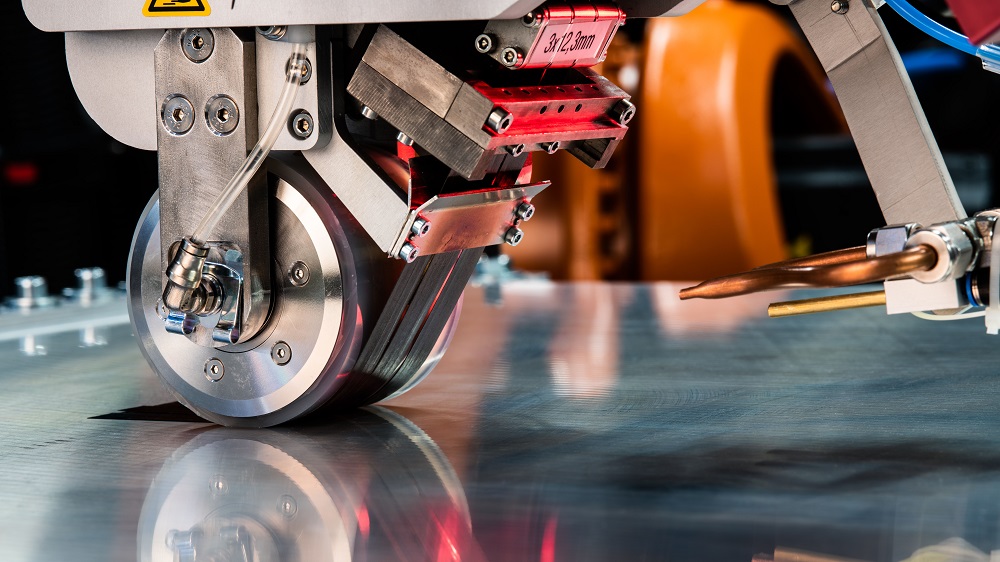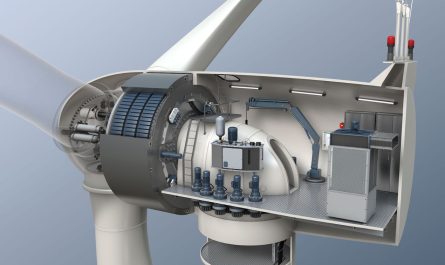Automated fiber placement and automated tape laying machines are highly advanced composites layup systems used in the fabrication of aircraft components. These machines use computer-controlled placement of composite materials like fibers, tapes and tows for the production of composite parts along with automated cutting tooling that fabricates various structures. The use of automated fiber placement and automated tape laying machines helps in improving productivity, reducing production cost and ensuring high quality and consistency in manufactured composite parts compared to conventional hand layup processes.
The global Automated Fiber Placements And Automated Tape Laying Machines Market is estimated to be valued at US$ 1.5 billion in 2023 and is expected to exhibit a CAGR of 4.1% over the forecast period 2024 to 2031, as highlighted in a new report published by Coherent Market Insights.
Market key trends:
The increasing demand of composite materials in aviation industry is one of the major factors driving the growth of the automated fiber placements and automated tape laying machines market. With growing air passenger traffic and new aircraft deliveries, aircraft OEMs are focusing more on adoption of advanced composite materials to reduce weight and increase fuel efficiency. According to Airbus, over 50% of an A350 aircraft’s airframe is made using composite material and its next-generation aircraft A320neo has over 20% composite content. Automated composite layup systems reduce labor requirements and improve production efficiency of aircraft composites, which is boosting their adoption in the aviation industry.
SWOT Analysis
Strength: Automated fiber placement and automated tape laying machines offer high precision, repeatability and quality in fabricating composite parts. These machines reduce the labor cost and improve production efficiency.
Weakness: High initial investment requirement for automated fiber placement and automated tape laying machines hinders their adoption, especially for small and medium enterprises. Integration and programming of these complex machines also requires specialized skilled workforce.
Opportunity: Growth of end-use industries such as aerospace and defense, transportation and wind energy is driving the demand for lightweight and high strength composite materials. This increases the need for automated composite manufacturing machines.
Threats: Volatility in raw material prices can increase the operating costs. Change in government regulations regarding emissions and environmental protection may impact certain end-use industries.
Key Takeaways
The Global Automated Fiber Placements And Automated Tape Laying Machines Market is expected to witness high growth. The global Automated Fiber Placements And Automated Tape Laying Machines Market is estimated to be valued at US$ 1.5 billion in 2023 and is expected to exhibit a CAGR of 4.1% over the forecast period 2024 to 2031.
Regional analysis: North America dominated the market, with the United States accounting for the largest share, followed by Europe. Government investments and presence of key players drive the demand. Asia Pacific is expected to be the fastest growing region on account of rapid industrialization and infrastructure development in China, India and other emerging Asian nations.
Key players: Key players operating in the Automated Fiber Placements And Automated Tape Laying Machines market include Automated Dynamics, Electroimpact Inc., MTorres Diseños Industriales, Accudyne Systems, Mikrosam AD. These companies offer extensive product portfolio catering to varied needs across multiple end-use industries. They are focusing on expanding their geographical footprint and continuous technology advancements.
*Note:
1. Source: Coherent Market Insights, Public sources, Desk research
2. We have leveraged AI tools to mine information and compile it




